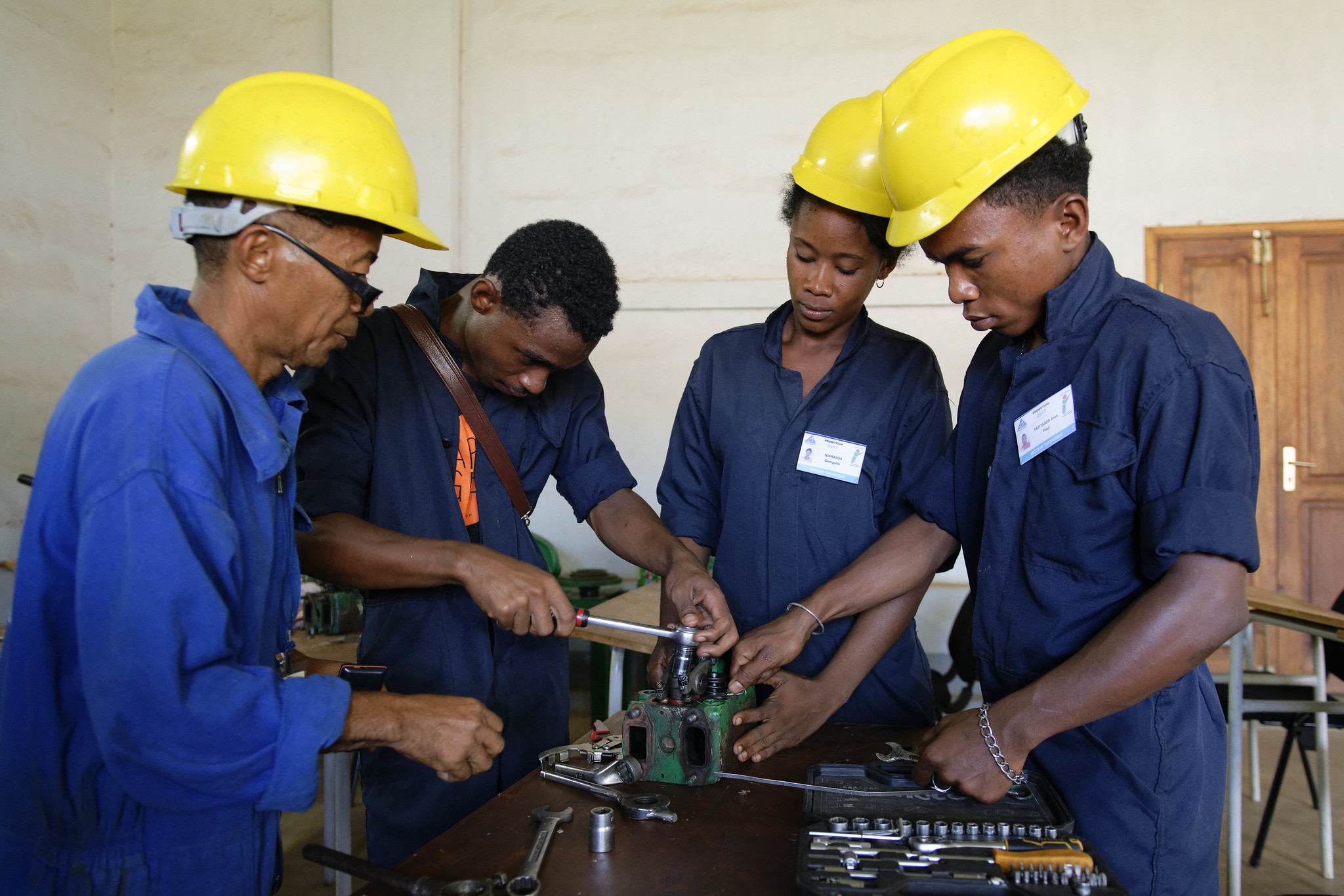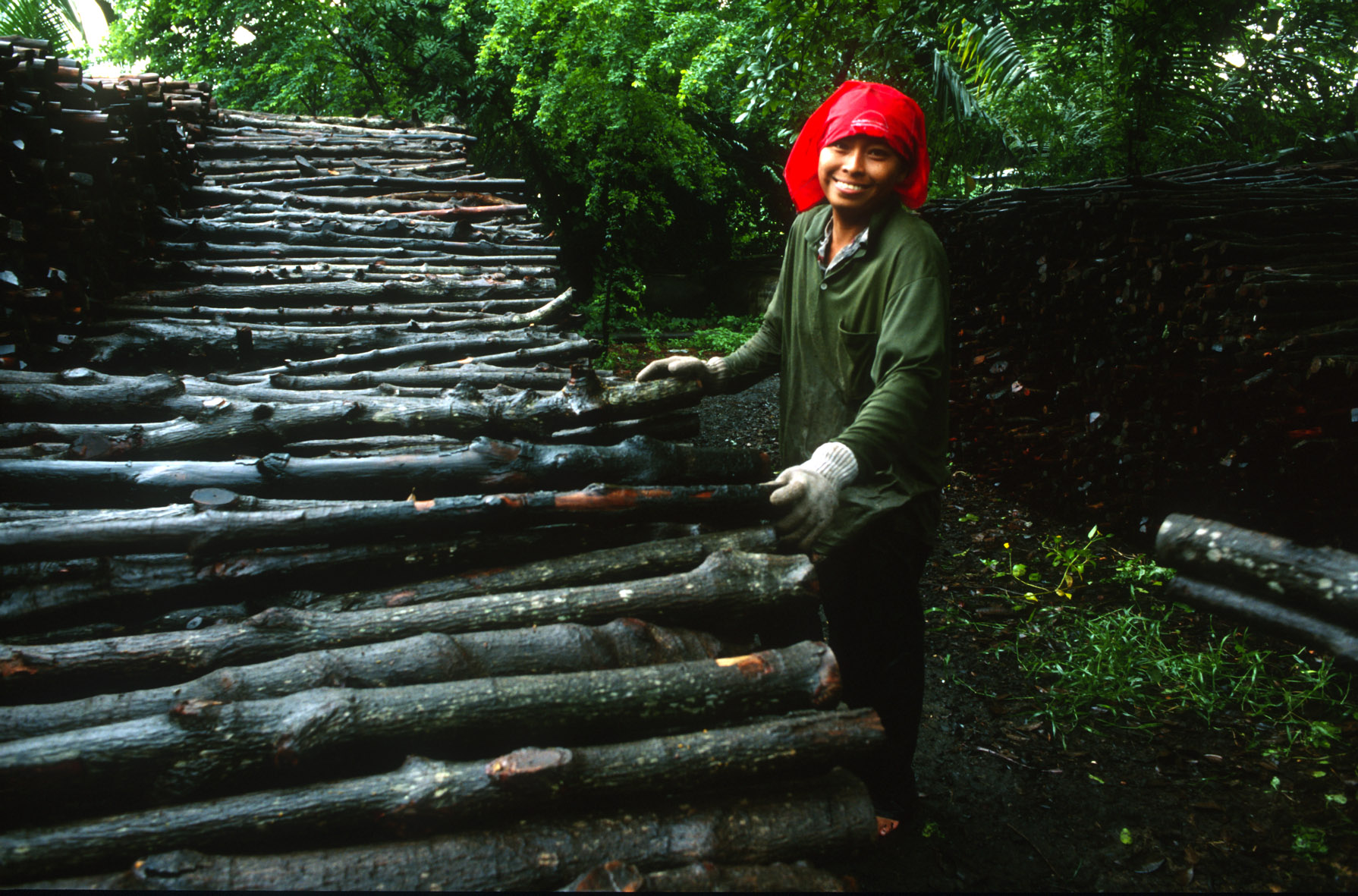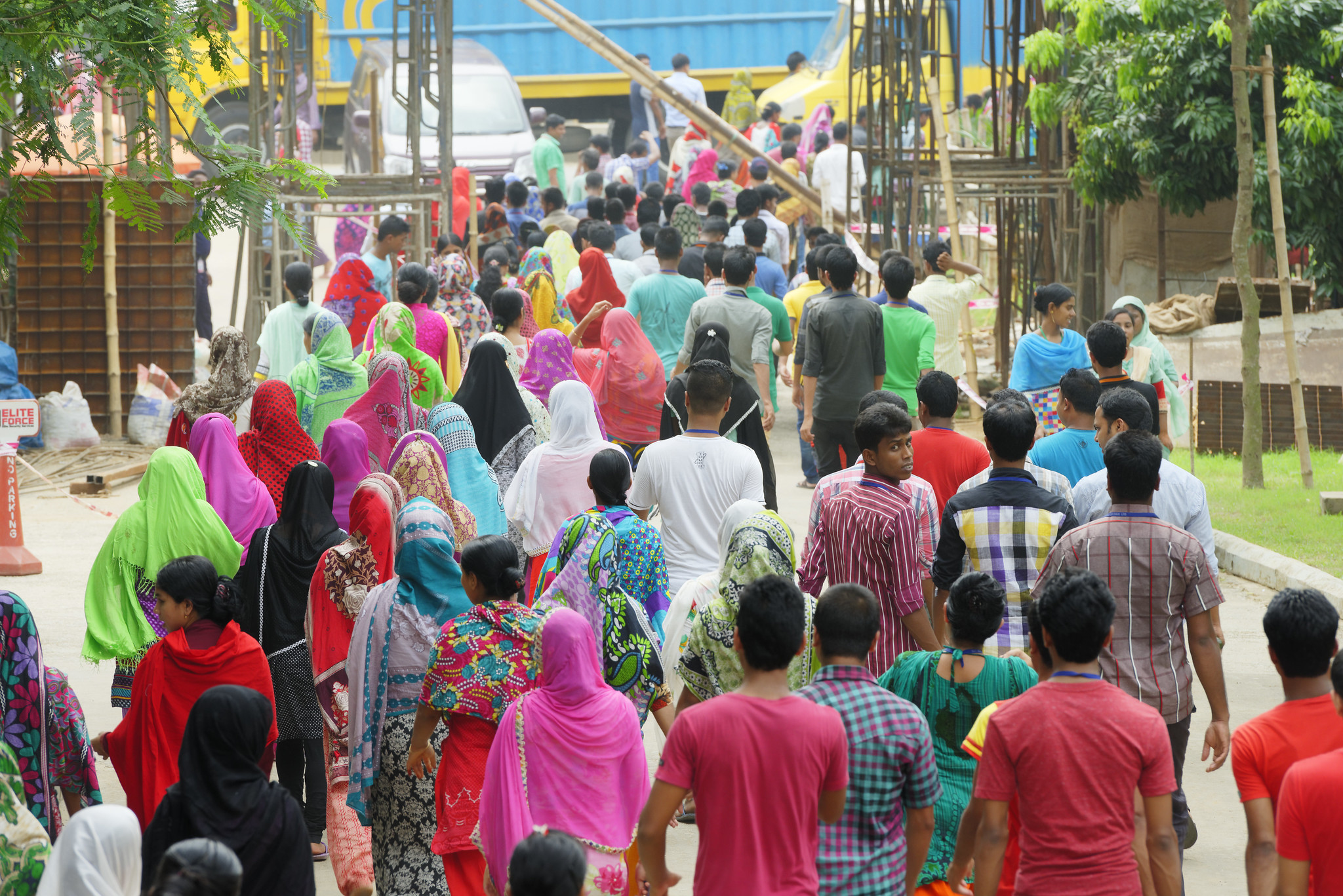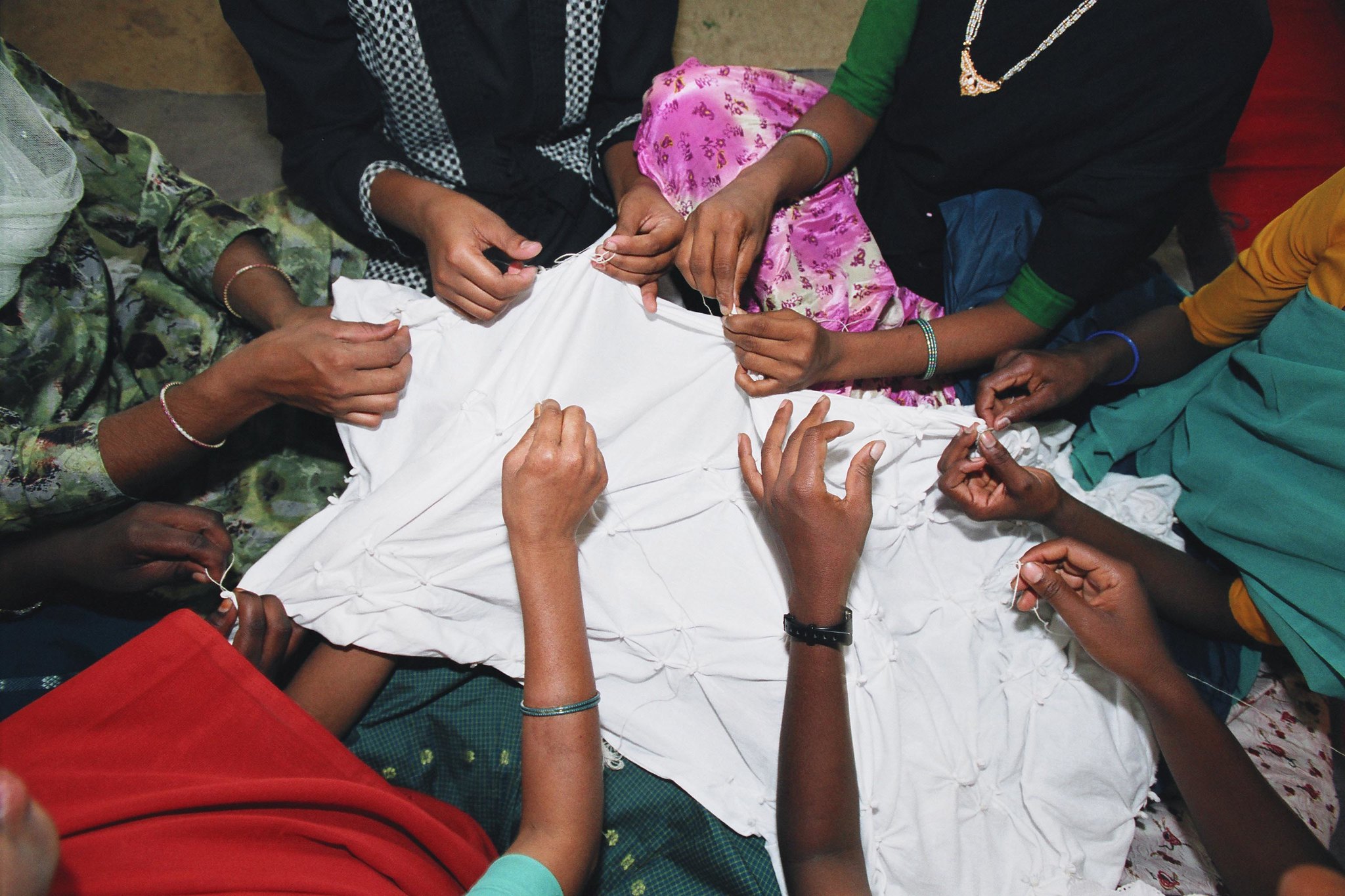
The International Standard Classification of Occupations (ISCO-08) companion guide
This companion guide provides guidance on the practical aspects of adapting ISCO-08 for national use or developing a national classification related to it.
The International Standard Classification of Occupations (ISCO-08) companion guide Read More »









